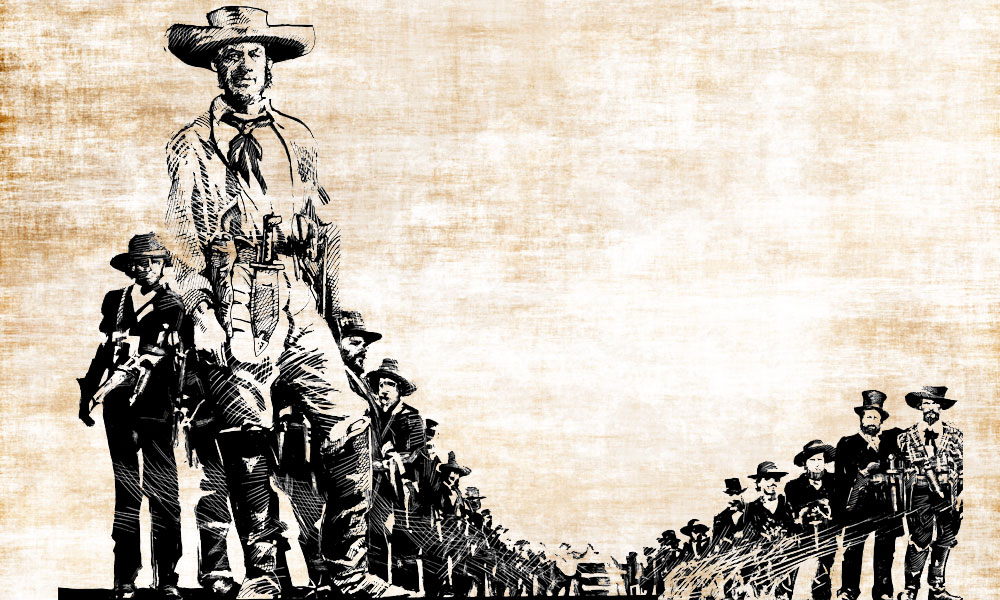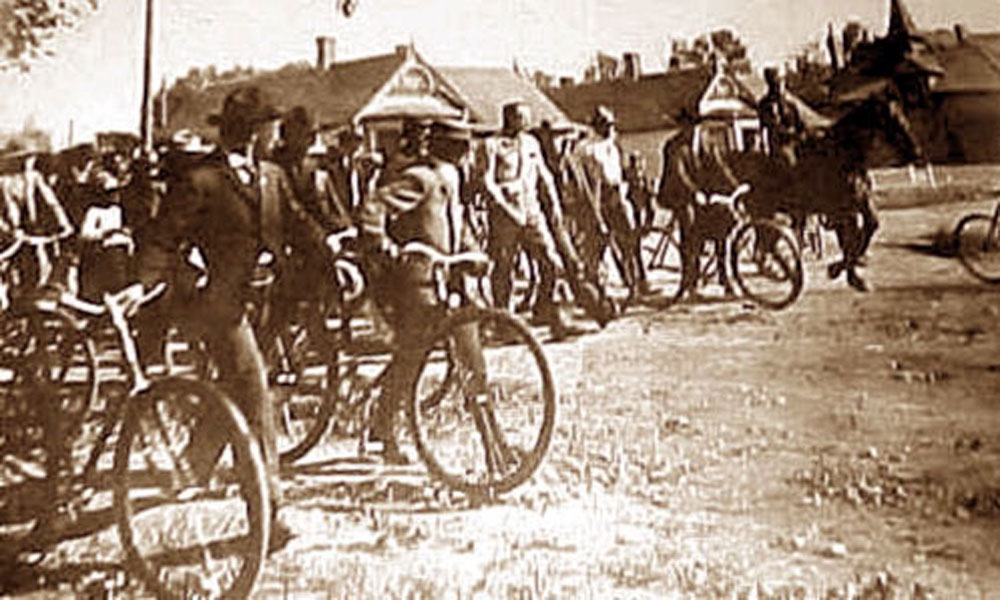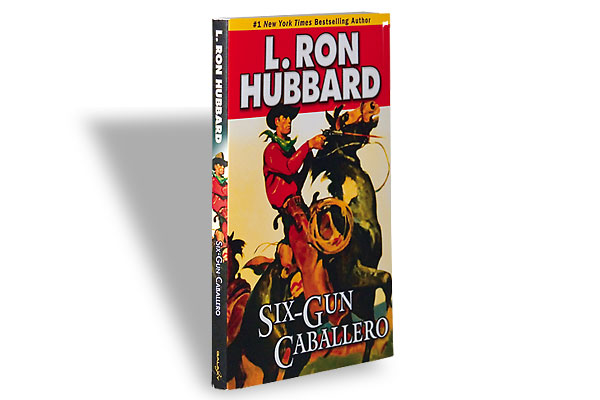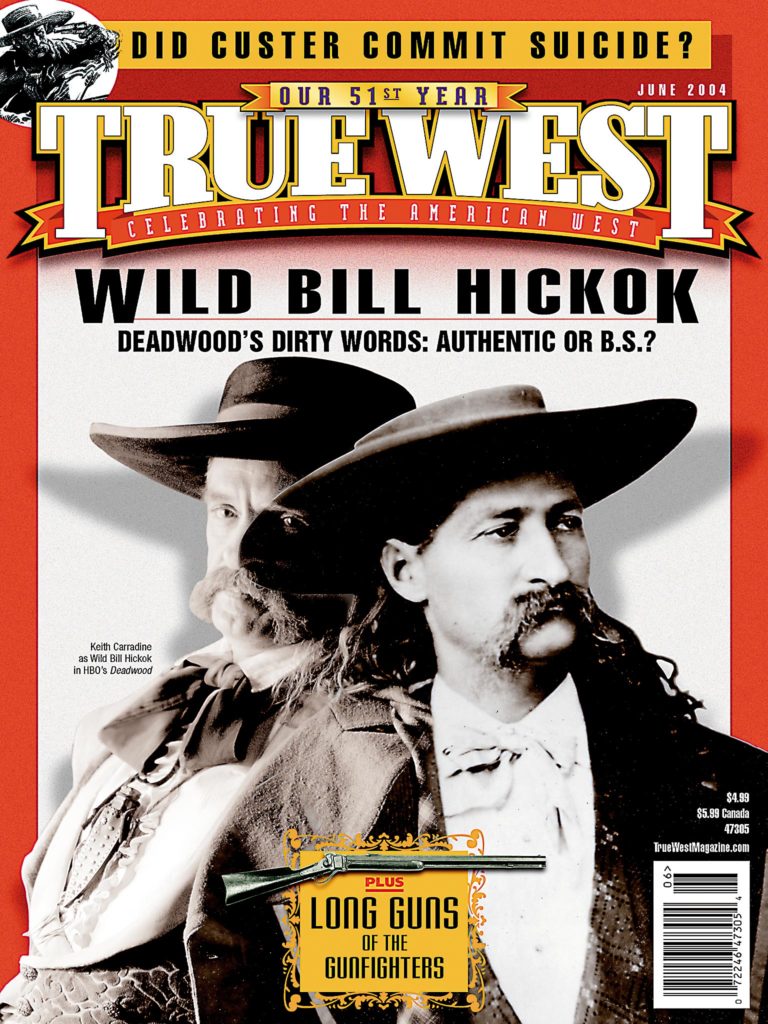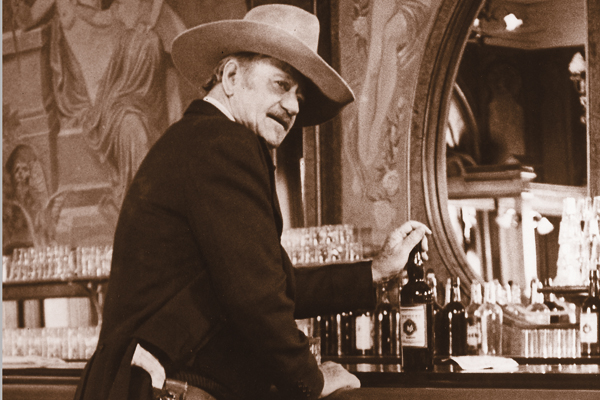 One of the most accurate arms used during the Mexican War of 1846-48 and the California gold rush was the U.S. Model 1841 Rifle, more commonly called the Mississippi Rifle.
One of the most accurate arms used during the Mexican War of 1846-48 and the California gold rush was the U.S. Model 1841 Rifle, more commonly called the Mississippi Rifle.
This percussion muzzleloader earned its nickname through distinguished service with Col. Jefferson Davis’ First Mississippi Regiment during the Mexican War.
Also dubbed the Whitney, Windsor or Yager, which was adopted from the German word Jaeger for hunter, this longarm was the standard issue to the Regiment of Mounted Riflemen (later designated the 3rd U.S. Cavalry), who stormed the walls of Chapultepec, Mexico, during the war.
The Mississippi was also popular with early plainsmen, emigrants and other adventurers heading West. In an attempt to aid these argonauts, the federal government authorized the sale of surplus military arms to civilian emigrants at greatly reduced prices. Many Mississippi Rifles were purchased from U.S. arsenals throughout the country and eventually were used in the California goldfields as a sidearm or hunting rifle. During the Civil War, the weapon was prized by Confederate soldiers and put to effective use by rebel riflemen.
A total of 25,296 of these caplock rifles were produced at the U.S. arsenal in Harpers Ferry, Virginia, from 1846-55. Starting in 1841 to the early 1860s, 68,000 additional 1841 Mississippis were produced for the U.S. Government by registered contractors such as Whitney, Remington and Tryon, and by the non-contractor firms of Robbins, Kendall and Lawrence (of Windsor, Vermont, the source for one of the gun’s monikers) and Palmetto Armory.
The Model 1841 was originally issued in .54 caliber with open sights and was designed to take a patched round ball backed by 75 grains of blackpowder. Initially, it was not intended for use with a bayonet, but in later years, many of the rifles were altered to accommodate one (the guns were also re-rifled to take the .58 caliber Minié ball).
Distinguishing features of the ’41 Model include brass mountings, a large brass patchbox on the right side of the butt (to hold an extra percussion nipple) and a browned, 33-inch round barrel, rifled with seven grooves. The rifle also had a steel ramrod with a trumpet head (’41s made up to 1855 had brass-tipped ramrods, while those produced afterward were steel). Its original locks were casehardened and had blued-head screws .
Considered by many arms students as perhaps the handsomest of all U.S. military muzzleloaders, this cap-and-ball rifle was held in high regard by shooters of the era. As one 1840’s frontiersman said of the 1841 Model, it was “a weapon I can not too strongly recommend for every description of frontier service, from its great accuracy and little liability to get out of order—an important point in a country where no gunsmith can be found.”
Photo Gallery
– Mississippi rifle photo courtesy Phil Spangenberger; Alexander photo courtesy Herb Peck, Jr. collection –



